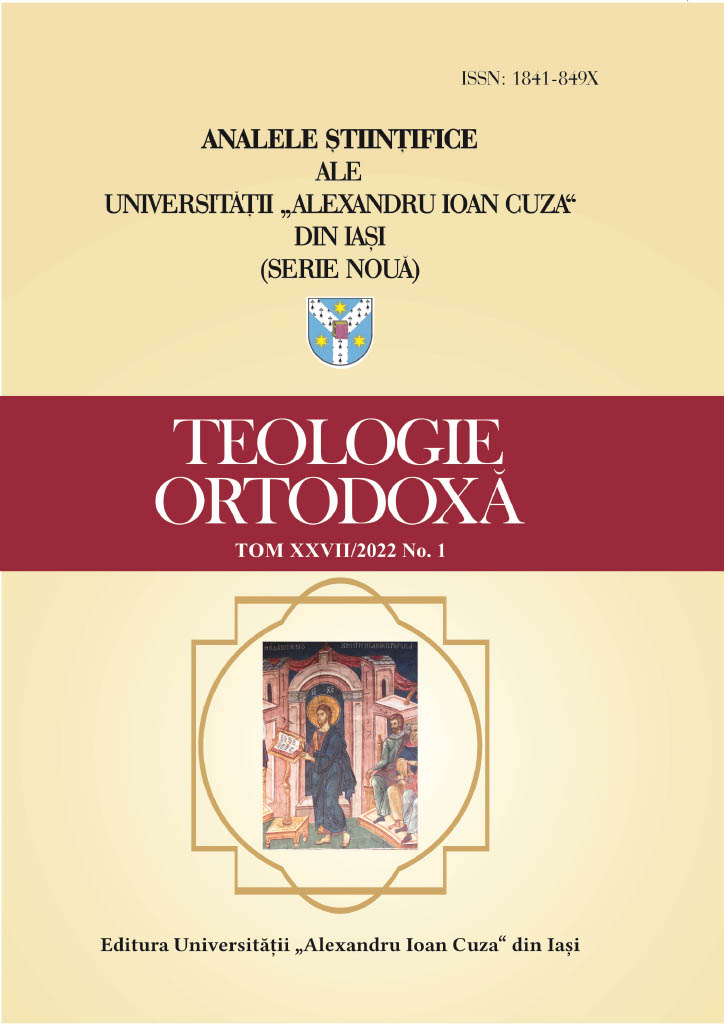Aspects of the russification process in the Bessarabia Orthodox Church during the Tsarist Period (1812-1917)
Aspects of the russification process in the Bessarabia Orthodox Church during the Tsarist Period (1812-1917)
Author(s): Lucian CorduneanuSubject(s): Christian Theology and Religion, Political history, Social history, 19th Century, Pre-WW I & WW I (1900 -1919), Sociology of Religion
Published by: Editura Universităţii »Alexandru Ioan Cuza« din Iaşi
Keywords: Bessarabian Orthodox Church; Russian hierarchs; clergy; Russification; Bishop Jacob; Theological Seminary of Chisinau; The Brotherhood of the Nativity of Christ;
Summary/Abstract: This study covers the way that the russification process appeared in Bessarabia, after this region was annexed in the year 1812 and until the Union with Romania from 27th of March 1918. During the 106 years of tsarist occupation, in Bessarabia there was an attempt to impose the Russian model in the civil and church administration structures. The Orthodox Church from Bessarabia, during the period 1812-1918, was a component part of the Russian Orthodox Church. The hierarchical leadership faithfully followed the political direction and those decided by the Synod of St. Petersburg. Of the thirteen hierarchs who served in Bessarabia during the tsarist period, only the first hierarch, Gavriil Bănulescu-Bodoni, was Romanian. All the hierarchs that served after him were Russians. They reported differently to the problems and needs of Romanian believers from Bessarabia, and the Russian hierarchs activity could not be brought to the same denominator. In order to russify the Bessarabia region, the Russian hierarchs gradually imposed in churches and churches schools from Bessarabia the Russian language, excluded the Romanian language from Theological Seminary in Chisinau in the second half of the 19th century. Furthermore, in all the other schools, was imposed education in Russian language, the Romanian language being totally excluded. In these conditions, the whole education system became a powerful tool for russification, their consequences being disastrous. Towards the end of the 19th century, in order to make the pastoral mission more efficient among the faithful, the need to print brochures and books in the mother tongue was increasingly felt. The founding of ,,The Brotherhood of the Nativity of Christ” hastened the opening of the diocesan typography and printing of books and publications in the mother tongue. During the Bishop Vadimir (1904-1908) and in the following period, Romanian books were printed. Through the work and involvement of secular and ecclesiastical personalities who played important roles in the national movement in Bessarabia in 1917-1918, it was possible to obtain the autonomy of the Church, as well as the Union with Romania.
Journal: Analele Ştiinţifice ale Universităţii »Alexandru Ioan Cuza« din Iaşi. Teologie Ortodoxă
- Issue Year: 27/2022
- Issue No: 1
- Page Range: 169-188
- Page Count: 19
- Language: English

